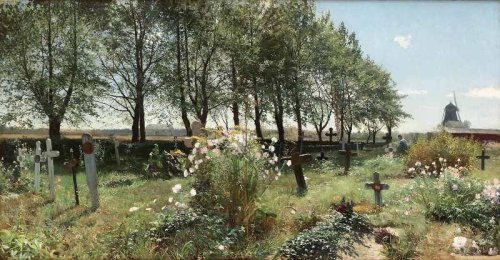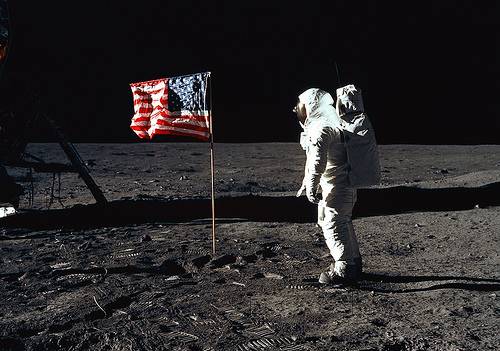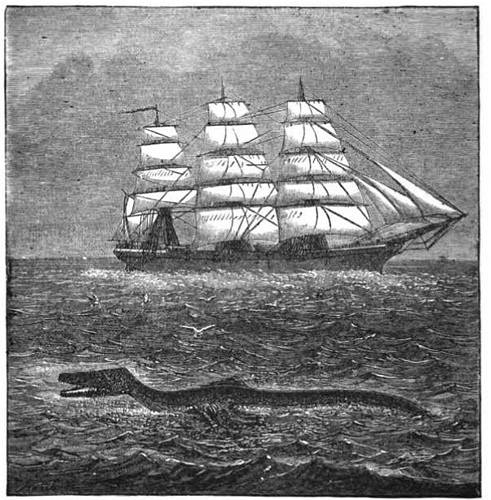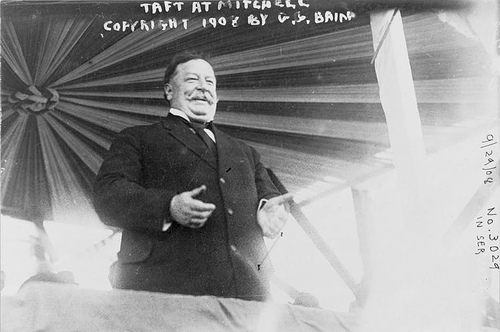martext
n. a blundering preacher
The Werewolf of Dôle
In 1572 something began killing the children of Dôle in eastern France. A 10-year-old girl was strangled and partially devoured in October; another girl succumbed after a similar attack a few weeks later, and more victims followed. The province decided there was a werewolf abroad, and one evening some workers spotted a creature carrying a child’s body through the failing light.
It wasn’t a wolf. It was Gilles Garnier, a local hermit and, as it turned out, a cannibalistic serial murderer who hunted children to feed his new wife. Garnier said that a specter had given him a magic ointment that would let him assume a wolf’s shape in order to hunt more easily.
Who’s to say he was wrong? After confessing to four murders, Garnier was convicted of “crimes of lycanthropy and witchcraft” and burned at the stake.
Hic Jacet

Unfortunate grave inscriptions, collected by Susan Darling Safford in Quaint Epitaphs (1895):
The little hero that lies here
Was conquered by the diarrhoea.
(Portland, Maine)
JOHN PHILLIPS
Accidentally shot as a mark of affection by his brother.
(Maine)
Our little Jacob has been taken away to bloom in a superior flower pot above.
(Vermont)
Beneath this stone our baby lays,
He neither crys nor hollers.
He lived just one and twenty days,
And cost us forty dollars.
(Vermont)
Grim death took little Jerry,
The son of Joseph and Sereno Howells,
Seven days he wrestled with the dysentery
And then he perished in his little bowels.
(Vermont)
Here lies the body of Dr. Hayward,
A man who never voted.
Of such is the kingdom of Heaven.
(Wayland, Massachusetts)
“In Event of Moon Disaster”

On July 18, 1969, two days before the first lunar landing, presidential speechwriter William Safire composed the following text to be read by President Nixon if astronauts Neil Armstrong and Edwin Aldrin were stranded on the moon:
Fate has ordained that the men who went to the moon to explore in peace will stay on the moon to rest in peace.
These brave men, Neil Armstrong and Edwin Aldrin, know that there is no hope for their recovery. But they also know that there is hope for mankind in their sacrifice.
These two men are laying down their lives in mankind’s most noble goal: the search for truth and understanding.
They will be mourned by their families and friends; they will be mourned by the nation; they will be mourned by the people of the world; they will be mourned by a Mother Earth that dared send two of her sons into the unknown.
In their exploration, they stirred the people of the world to feel as one; in their sacrifice, they bind more tightly the brotherhood of man.
In ancient days, men looked at the stars and saw their heroes in the constellations. In modern times, we do much the same, but our heroes are epic men of flesh and blood.
Others will follow, and surely find their way home. Man’s search will not be denied. But these men were the first, and they will remain the foremost in our hearts.
For every human being who looks up at the moon in the nights to come will know that there is some corner of another world that is forever mankind.
Safire also suggested that Nixon call the “widows-to-be” before the speech, and that a clergyman should commend the astronauts’ souls to the “deepest of the deep” when communications ended.
“Extraordinary Marine Monster”

This is a correct sketch of the sea-serpent seen by me while on board the ship Sacramento, on her passage from New York to Melbourne, I being at the wheel at the time. It had the body of a very large snake; its length appeared to me to be about fifty feet or sixty feet. Its head was like an alligator’s, with a pair of flippers about ten feet from its head. The colour was of a reddish brown. At the time seen it was lying perfectly still, with its head raised about three feet above the surface of the sea, and as it got thirty or forty feet astern, it dropped its head.
— John Hart, helmsman, to the Australian Sketcher, Nov. 24, 1877
Math Notes
17 + 77 + 47 + 17 + 77 + 27 + 57 = 1741725
Bills of Lading
Devised by Lee Sallows, each of these lists inventories its own contents:
- fifteen e’s, seven f’s, four g’s, six h’s, eight i’s, four n’s, five o’s, six r’s, eighteen s’s, eight t’s, four u’s, three v’s, two w’s, three x’s
- sixteen e’s, five f’s, three g’s, six h’s, nine i’s, five n’s, four o’s, six r’s, eighteen s’s, eight t’s, three u’s, three v’s, two w’s, four x’s
All Aboard

William Howard Taft once found himself stranded at a country railroad station and was told that the express train would not stop for a lone passenger.
He wired the conductor: STOP AT HICKSVILLE. LARGE PARTY WAITING TO CATCH TRAIN.
When the train stopped, Taft got aboard and told the conductor, “You can go ahead. I am the large party.”
Paradoxical Undressing
Hypothermia victims are often found with clothing removed, as if they’ve been assaulted. It’s not clear why a freezing person would undress; possibly their judgment is impaired, and possibly exhaustion brings a sensation of warmth to the skin.
“A Rare Circle of Friends”
Sir Henry Blackman, of Lewes, on being knighted in 1782, gave a dinner to sixteen friends, with an invitation to them to dine with him annually for forty years; four of them died during the first four years, but twenty-eight years rolled round before another seat became vacant at the festive board. In 1814 two died, aged between eighty and ninety; so that ten remained of the original number at the thirty-third anniversary, held in July, 1815!
— Curiosities for the Ingenious, 1825
